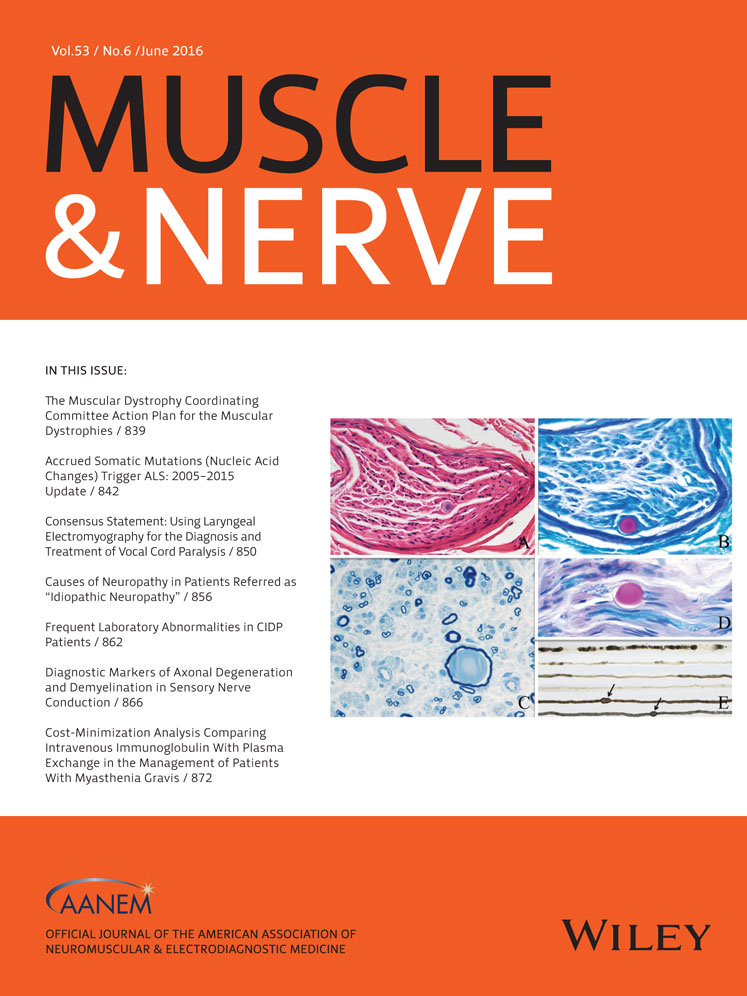Estimating motor unit numbers from a CMAP scan
ABSTRACT
Introduction: Compound muscle action potential (CMAP) scans are detailed stimulus-response curves which provide information about motor unit properties in neuromuscular disorders. This study assessed a method of automatic motor unit number estimation (MUNE) from 5-min CMAP scans. Methods: A preliminary model, derived from the variance and slope of the scan, is refined to fit the CMAP scan more closely. The method was tested by application to 60 simulated scans, generated from between 5 and 160 motor unit potentials. Results: The fitting procedure took an average of 1.5 min on a standard personal computer. Small unit numbers (5–20) were on average correctly estimated, but large unit numbers (>40) were slightly underestimated. Overall, the absolute MUNE error averaged 6.9%. Conclusions: This new MUNE method takes all excitable motor units into account and provides realistic estimates of unit numbers over the range 5 to 160. Validation as a clinical tool awaits further study. Muscle Nerve 53: 889–896, 2016




